Where is Shangri-La
Two explorers set off to southwest China in search of the elusive valley.
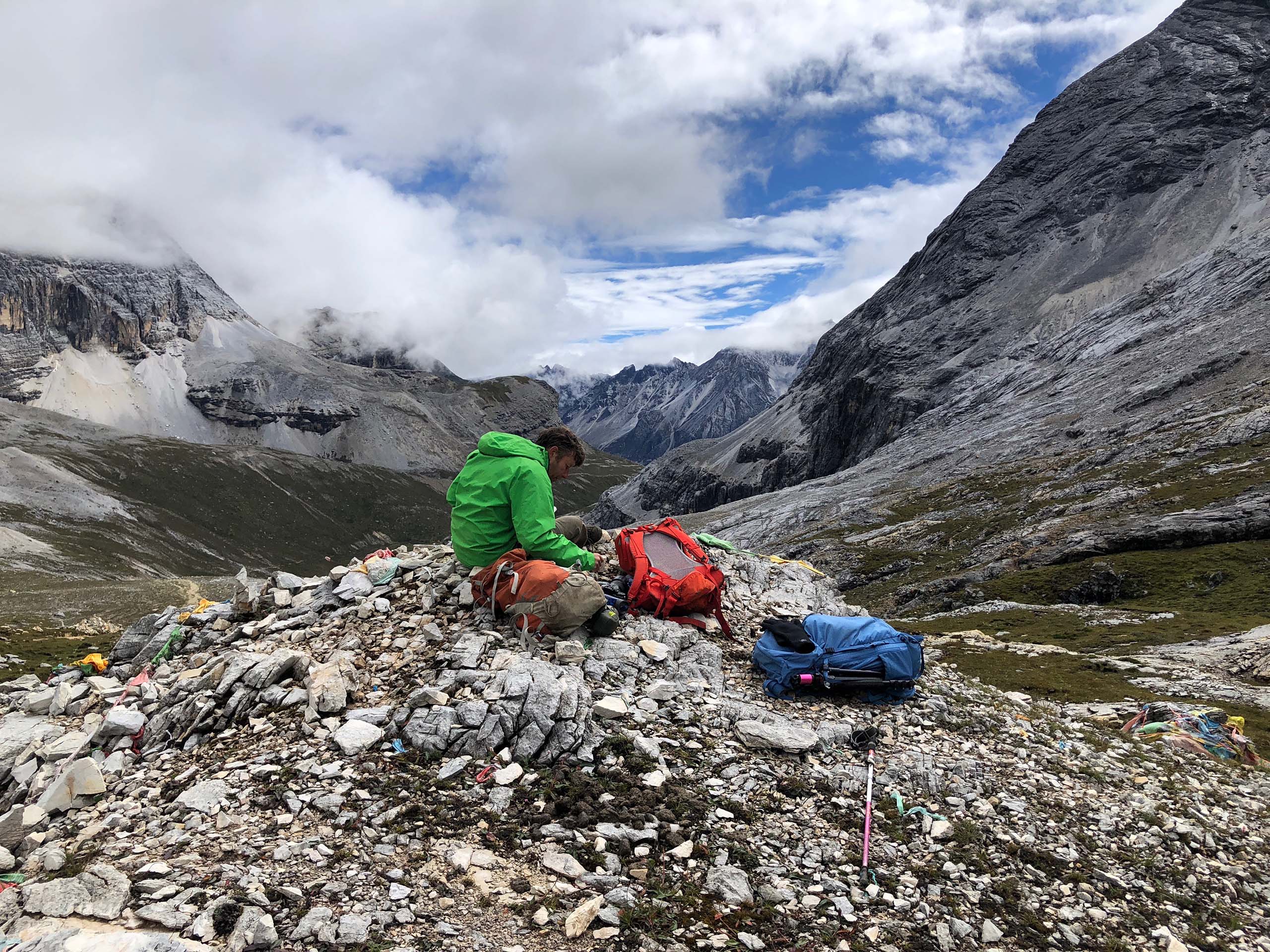
I am at 4700 metres altitude, taking a short cut across a scree slope that tumbles down from Sichuan’s Mount Xianuoduoji. DJ, a film producer from China Daily’s Hong Kong bureau has said climbing this way is a good idea and now I am cursing him with every step upwards. It hurts to breathe and I take little notice when, for the first time in four days, the wind blows the clouds away and we are suddenly blasted with sunshine. I turn to traverse a small ridge, raise my eyes to check my direction and that’s when the view slams into me. There, across the valley is Yangmaiyong, a snow peak of such symmetry and magnificence that, for a second, the sight of it has me skidding down the loose rocks beneath my feet.
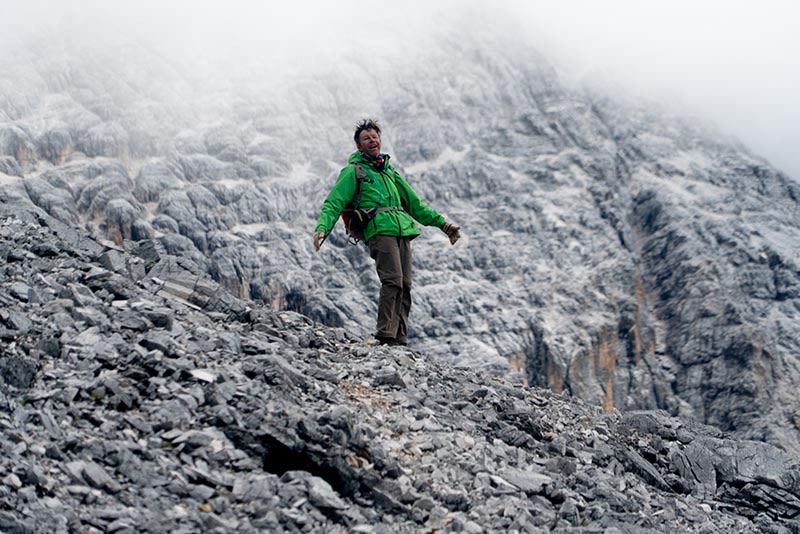
Simon Chapman on the slopes of Mount Xianuoduoji
Simon Chapman on the slopes of Mount Xianuoduoji
At that moment, I understand why explorer Joseph Rock described it in 1931 as a ‘peerless pyramid… the finest mountain my eyes ever beheld’. I also understand why people said that Rock’s explorations inspired James Hilton’s novel, Lost Horizon. I stand there and catch my breath in the oxygen-depleted air. For me, the peak that shines white above me is Karakal, the fictional mountain that hangs above the fabled valley of Shangri-La.
‘the loveliest mountain on Earth, … an almost perfect cone of snow, simple in outline as if a child had drawn it’.
Description of Karakal in Lost Horizon
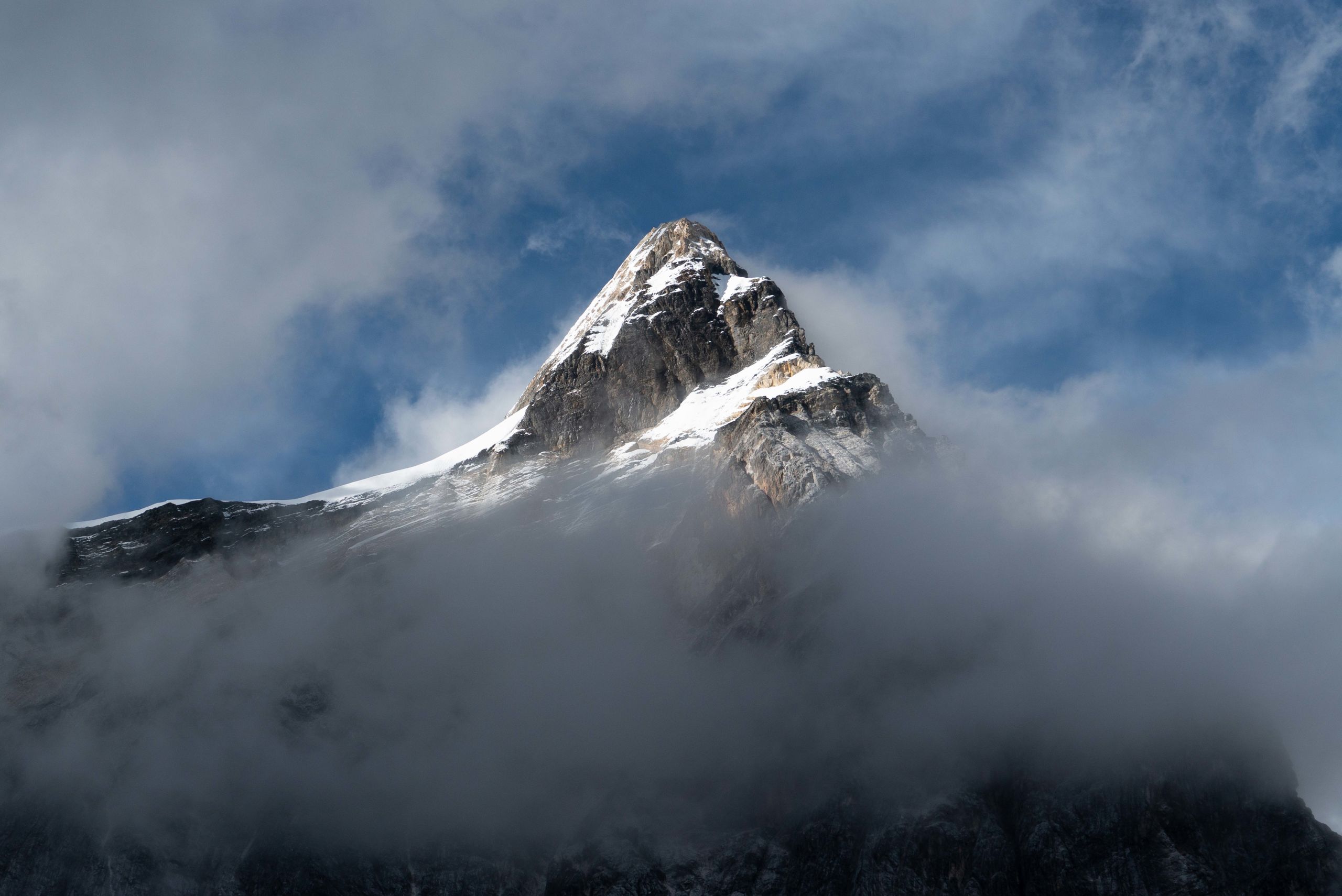
Did James Hilton, know about Yangmaiyong when he wrote his book in 1933? Was he influenced and inspired by Joseph Rock’s explorations? That’s what we were here to find out.
The novel, ‘Lost Horizon’ was a sensation in its day, a best seller that became the first book to be mass produced in paperback, the story soon making it onto the ‘silver screen’ with Frank Capra directing and Hollywood’s most bankable actor, Ronald Coleman, in the lead role. With political tensions rising as what Hilton referred to as ‘The European situation’ led inexorably towards the Second World War, Lost Horizon’s appeal was its idea of sanctuary, a utopian valley, free from conflict where war, disease and even ageing are virtually unknown.
Original trailor for the movie Lost Horizon.
Original trailor for the movie Lost Horizon.
In the book (the movie differs slightly), star English diplomat, Robert Conway and three others are kidnapped in a stolen airliner that takes them from Kabul, past K2 in the Karakoram range to a crash landing in the Kunlun Mountain Range. But once it hits the ground, Conway and his three companions emerge into a place that seems to be somewhere else entirely.
Watch the video to see the trajectory of the plane.
Watch the video to see the trajectory of the plane.
Lost Horizon was translated into Mandarin in the late 1970s and the man who organised this, Xuen Ke, noticed similarities between the geography in the story and that of Yunnan and Sichuan, almost 2,000 km away from the Kunluns. Xuen Ke suggested Hilton may have read National Geographic articles written by Austrian-American ‘plant hunter’, Joseph Rock who had recently made several expeditions in the area. Prior to writing his book, Hilton had researched the Tibetan region in the British museum’s library in London. He said in radio and newspaper interviews that he was influenced by the writings of Abbé Huc, a French priest who travelled to Tibet in 1844 but at no point did he mention Joseph Rock.
I met the now ninety-one-year-old Xuen Ke in his house on the outskirts of Lijiang. Between interruptions by cute grandchildren, he recounted how his father had been Joseph Rock’s secretary and that he had met the explorer himself when he was a child.
“The place described in the book Lost Horizon has never been disclosed, but we knew it was Muli and the surrounding area. Zhongdian, Adunzi, and Muli are all within that area.”
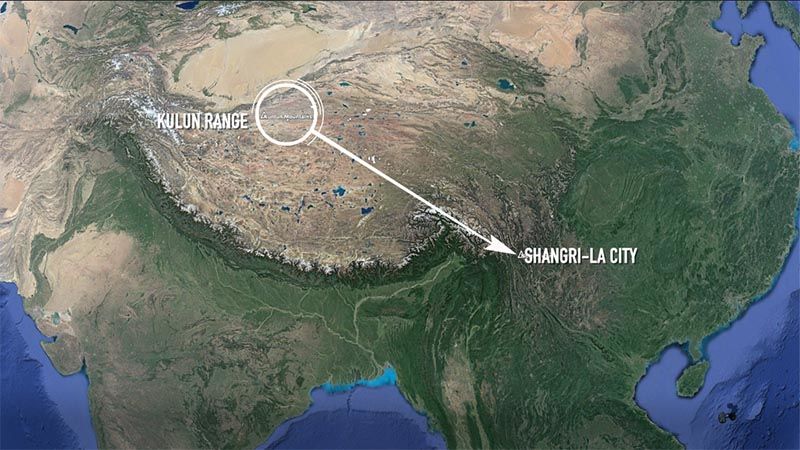
Although Xuen Ke was the first to see the link between Lost Horizon and the travels of Joseph Rock, it was an American lawyer and mountaineer, Ted Vaill, who first narrowed the focus to one specific area.
James Hilton sourced Shangri-La mainly on the Muli monastery as depicted by Joseph Rock in the late 1920s and early 1930s
Vaill methodically matched descriptions of Shangri-La in his novel with those of Joseph Rock in National Geographic and came up with a list of twenty-two points of similarity. He later undertook two expeditions to Muli to make a film about his findings. For this, he interviewed Jane Wyatt, co-star of the 1937 movie. She recounted that James Hilton (who had worked as a consultant during the making of the film) had told her that Joseph Rock’s National Geographic articles had indeed influenced him. Unfortunately, when Jane Wyatt told Vaill this, the tape recorder had already stopped rolling. Jane Wyatt since died and we only have Ted Vaill’s word of her statement.
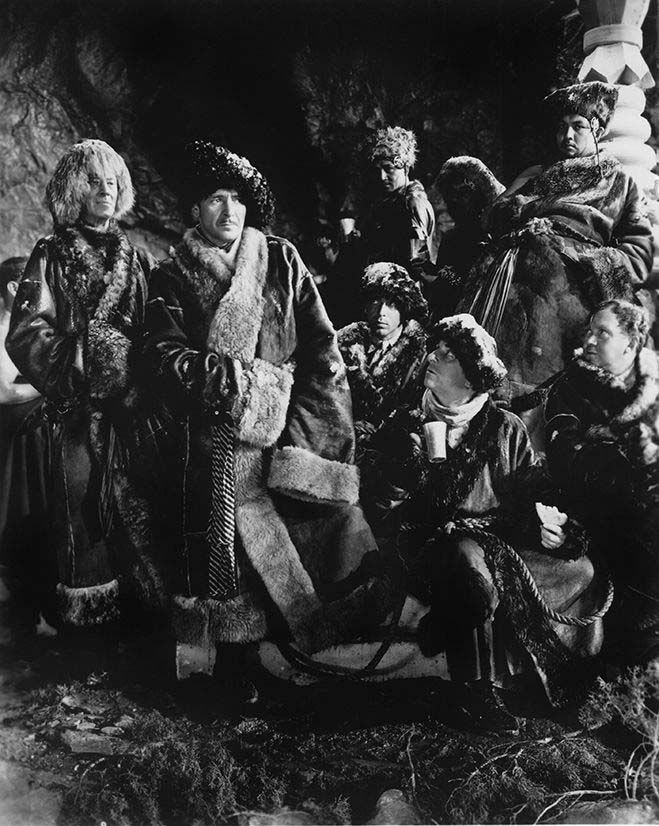
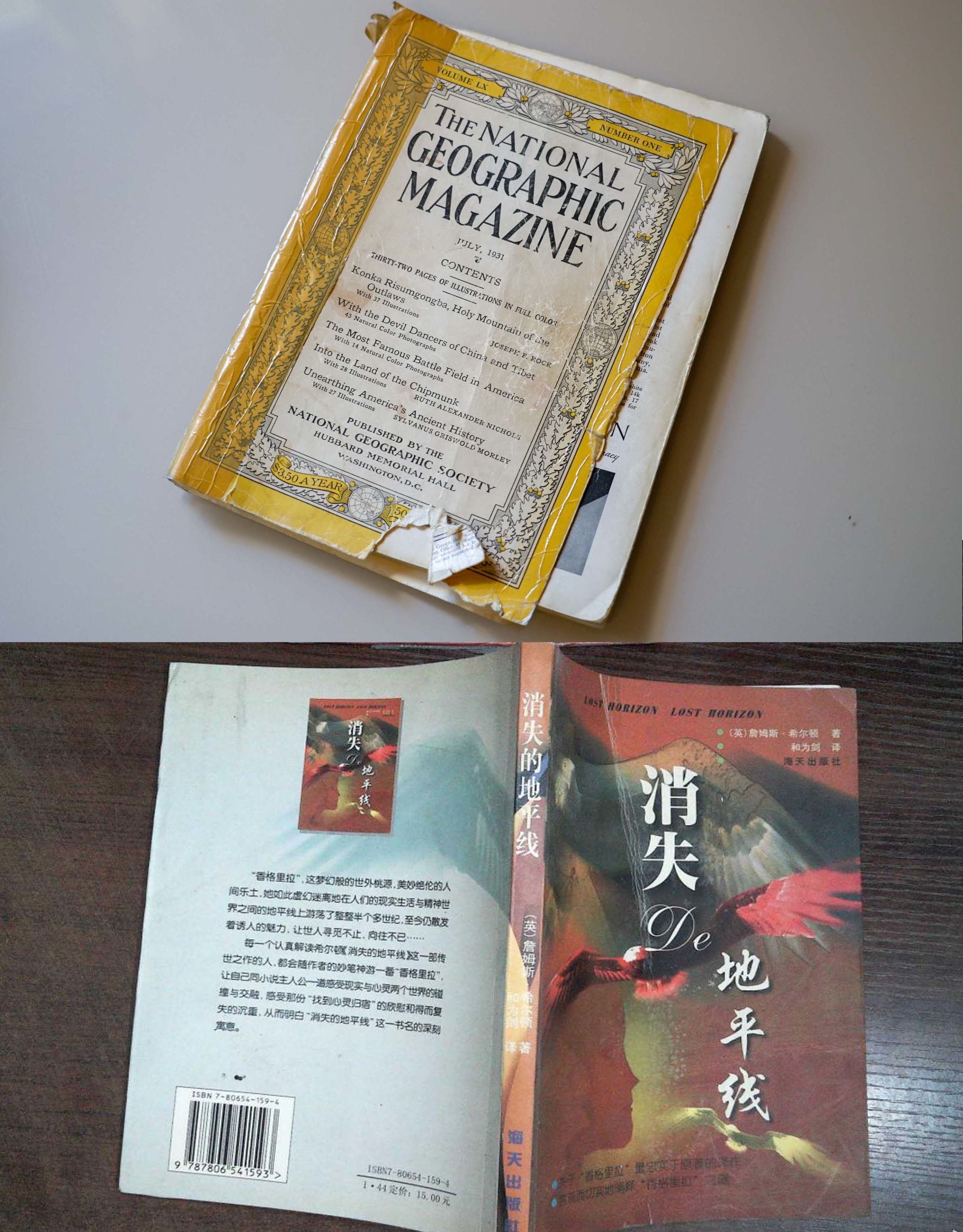
I found his research persuasive but I was still puzzled as to why Hilton never mentioned Joseph Rock publicly.
Which is why I set off to Muli to investigate for myself.
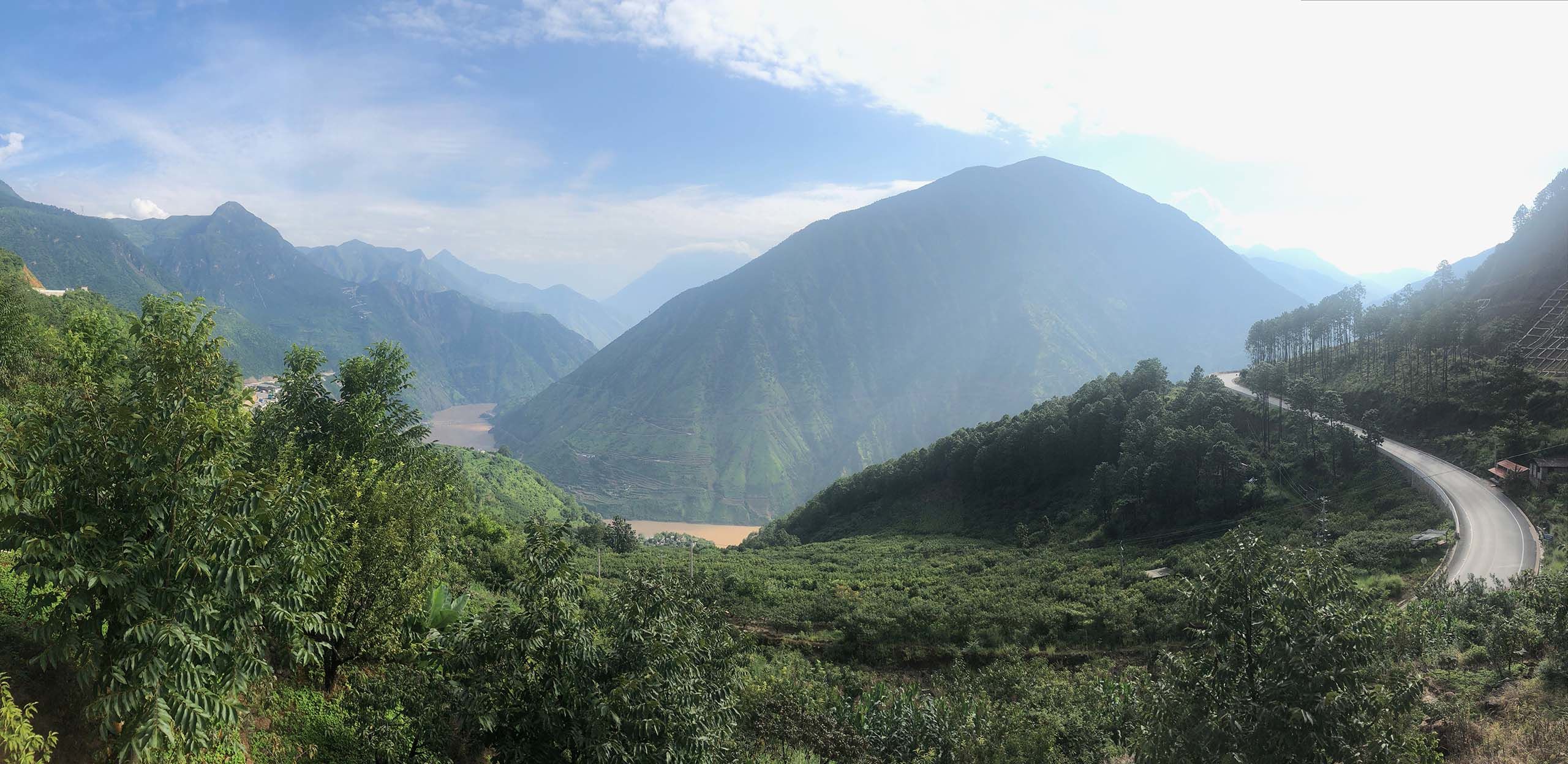
It takes ten hours of driving from Lijiang to get to the ‘county town’ of Muli, compared to the ten days it took Rock who travelled on foot and on horseback. A spectacular journey; we drop what feels like miles to the River Yangtse, reclimbing up via the beautiful Lugu Lake where Rock had once had to hold out for two months on one of its islands when he was caught between rebel forces to the south and bandits from the northwest. These days the bandits have been replaced by hundreds of selfie-stick wielding tourists, and background folk music is piped-out through carefully sited loudspeakers, shaped like rocks. ‘Muli County’ is nearly half a day onwards from the lake and, with its tiny tractors pulling huge carts laden with farm produce, it still feels like a frontier town. Journeying further, we come to the Muli monastery. This sits high above a fertile valley, which like Shangri-La has ‘not an inch of ground untended’. There are also lines of pylons which radiate out from the hydro-electric projects nearer to town and I ask myself ‘if Shangri-La were a twenty first century notion, would it be wired up? – and would there be wi-fi?’
Watch highlights of the two day drive from Lijiang to Muli.
Watch highlights of the two day drive from Lijiang to Muli.
Muli’s monastery, with its golden roof and mantra-chanting monks, has been rebuilt since Rock’s day. The ruined stump of the original sits a hundred metres down the mountainside, covered with a protective structure to honour its function. Ted Vaill said this is the inspiration for the Shangri-La Lamasery, but I am not convinced. While I am sure the original would have been just as imposing as its modern rebuild, I’m sure it never ‘clung to the mountainside… with the chance delicacy of flower petals impaled upon a crag’.
In the 1920s, it was one of the three residences of the King of Muli, an enormous man who claimed Manchu descent and wore the maroon robes and golden hat of a high lama. Unlike Father Perrault of Lost Horizon, the king was not enlightened or peaceful. He personally oversaw the execution of criminals and would often allow the bandits, who beset this region, passage through his lands, paying them off to avoid conflict. Joseph Rock needed the king’s patronage as well as a retinue of armed guards from him to travel through his domain, one which like Shangri-La, was well-endowed with gold deposits.
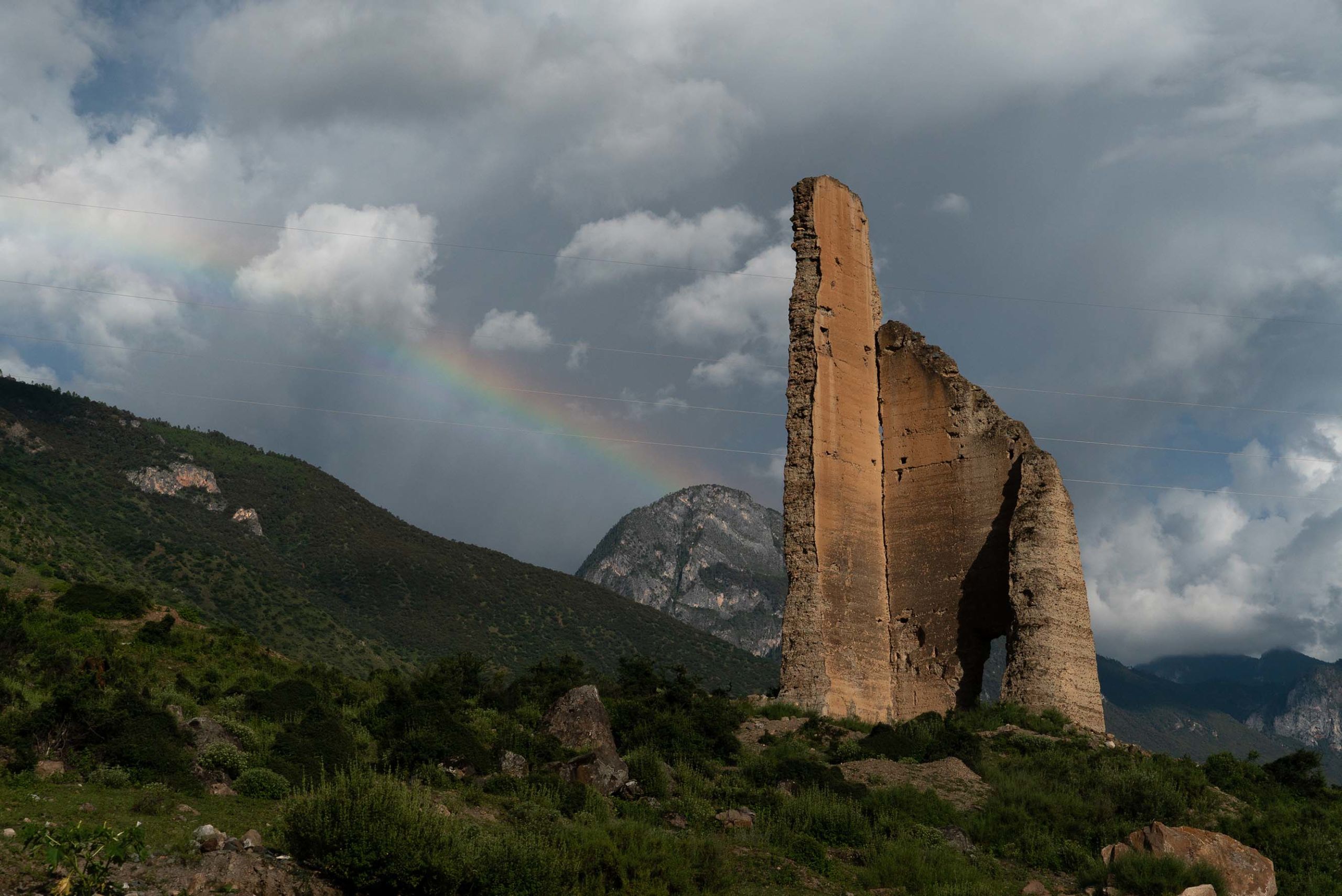
You can see remains of watch towers along the valley that were used to protect the gold mines.
You can see remains of watch towers along the valley that were used to protect the gold mines.
By evening of our second day of driving, we reach the village of Dulu in a smaller valley to the northwest of the monastery. Here we have arranged to hire a team of four horses to carry our expedition gear, a muleteer called Sulong, and his twenty-year-old niece, Gesang, a tourism student in Chengdu, who will be our guide. Over the next eight days, we climb up the valley and over several passes up to 4,800 metres to loop around the snow mountains, Xianuoduoji, Yangmaiyong and Xinrenzi. For Buddhist devotees, a full circuit or ‘Kora’ of these peaks brings one closer to enlightenment (particularly if the weather is bad) and by that reckoning our trek gets us about half way there. At the end of the rainy season, we are lucky that the worst we get is cloying drizzle and light rain when the clouds come down every evening until early morning. But sometimes we get lucky and the clouds part, giving views of Jambeyang, the perfect Karakal snow cone of ‘Lost Horizon’.
We are here to look for Karakal, the perfect white peak that sits above the valley of Shangri-La in Lost Horizon. We first have to cross a 4800-metre-high pass. The air up here is so thin that any climbing is done in deliberate baby steps. This pass itself consists of a sharp arête between two ridges. There are grouse-like ‘snow fowl’ scurrying around the rocks and piping out eerie, fluting calls into the still air and, after a slow but steady climb over an enormous sloping rock field, there’s a last near vertical scramble to the top. I’m too eager and take it too quickly. For an instant I feel woozy and luckily, it’s my hand that catches the rock, not my head. I have to stop and gulp in more air, half convincing myself that by doing this I am somehow filtering out more oxygen. I have to remind myself, we are having it easy with the weather. In a couple of months this will be covered in snow. There are still more passes to cross and the valleys we have come up will be as inaccessible as Shangri-La.
Amongst the people here, there is still memory of Joseph Rock. It turns out that Sulong, our muleteer, knows of him through the stories of his grandfather, who was sent by the King of Muli as a guard on Joseph Rock’s 1929 expedition.
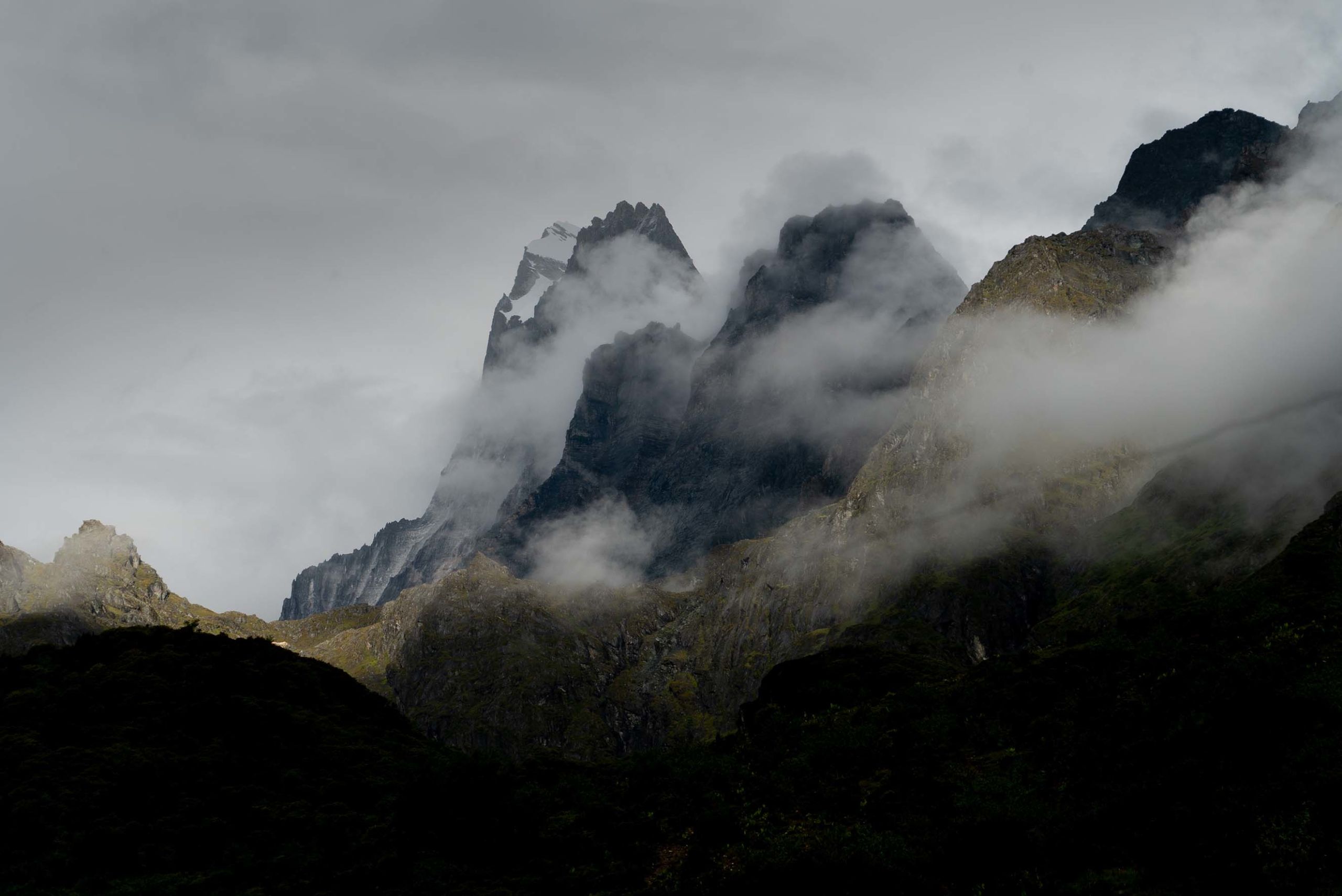
“He’s the second one in”, Sulong points out proudly when DJ shows him Joseph Rock’s 1931 National Geographical article on his iPad. We find some more of the explorer’s images and some stills from the Frank Capra film. Sulong says that the clothing worn by the Shangri-La villagers, who rescue Conway’s party, is like that worn by ethnic Tibetans who lived in the Muli region in his grandfather’s time. This is significant to us as, with James Hilton advising in the movie’s production, it appears to be another link with him having used Joseph Rock’s articles for reference, rather than a contemporaneous article in ‘National Geographic’ about the Kunlun Mountains of northern Tibet where the costume of the people was markedly different. The ‘Kun-Luens’ are mentioned in Lost Horizon, both at the start (when Conway suggests the plane may have crashed there) and in the epilogue when Rutherford, Conway’s would-be rescuer, states that he has tried and failed to get into the area.
There are other suggestions in Lost Horizon that Shangri-La was in Sichuan. When Conway escapes at the end of the book, he ends up first in Kangding and is then taken to hospital in Chongqing. These two places are reachable from Muli, but are over fifteen hundred kilometres from the Kunlun Mountains, surely an impossible distance for an emaciated man with amnesia to stagger. Furthermore, when Conway tries to return to Shangri-La, his route is via Thailand. This is a feasible or even a logical route if travelling to Sichuan but not for going to the Kunluns.
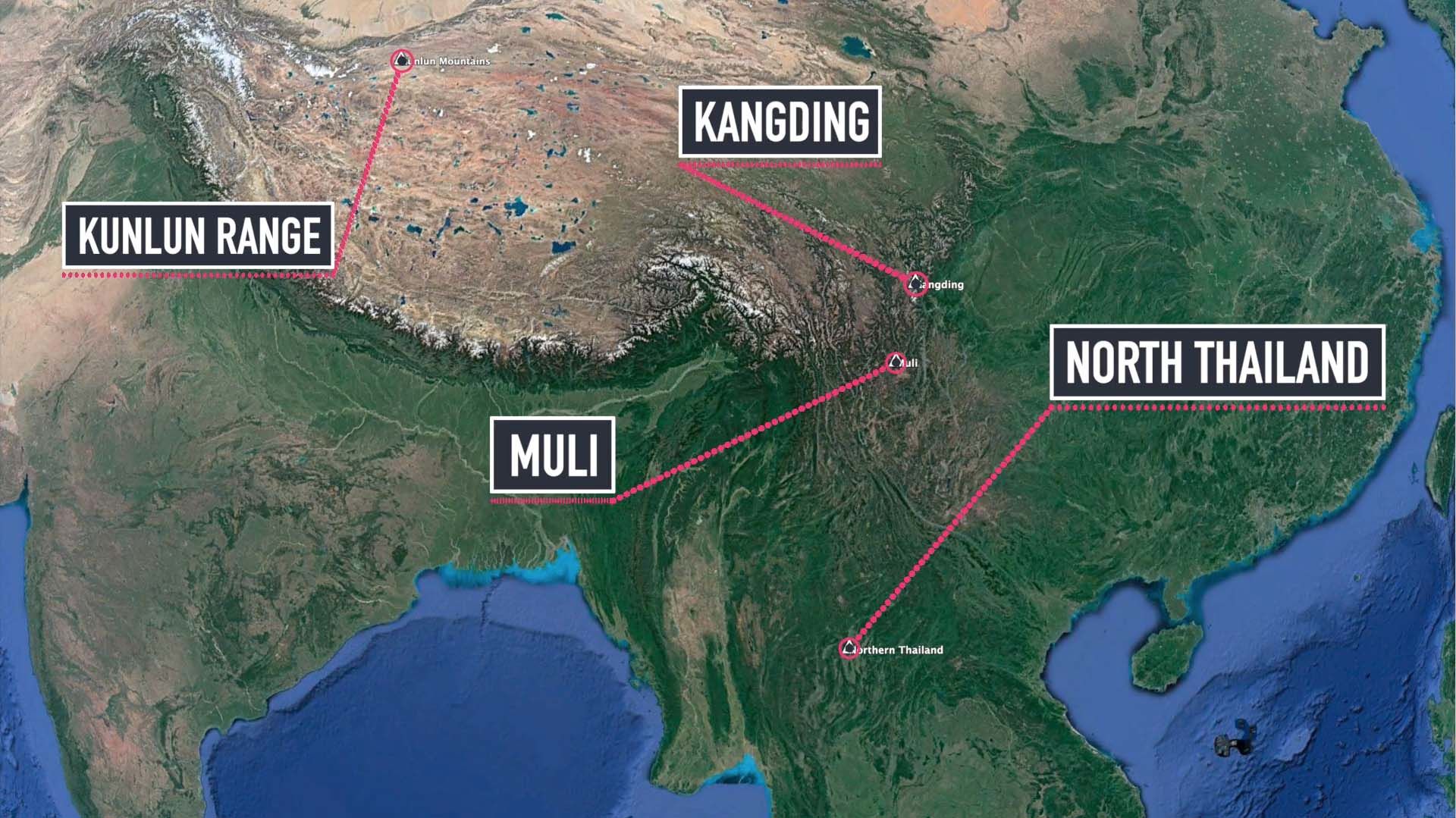
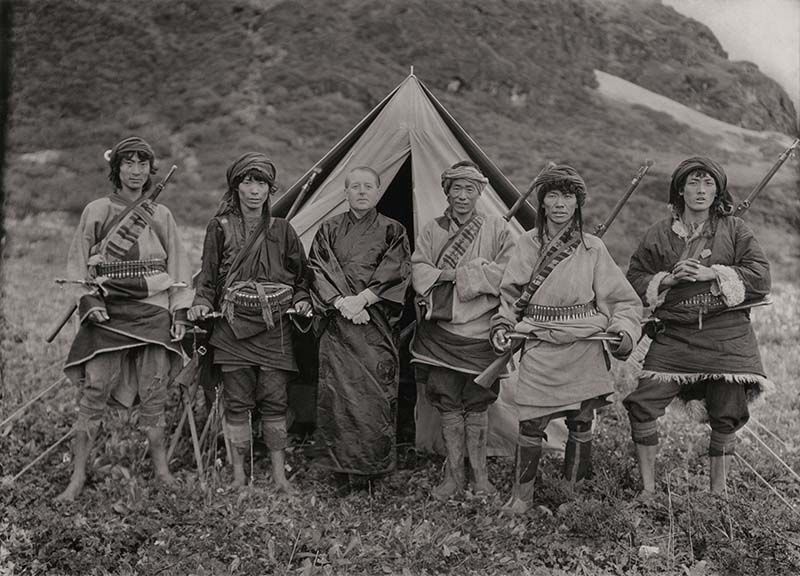
Sulong's grandfather is the second from the left standing next to Joseph Rock.
Sulong's grandfather is the second from the left standing next to Joseph Rock.
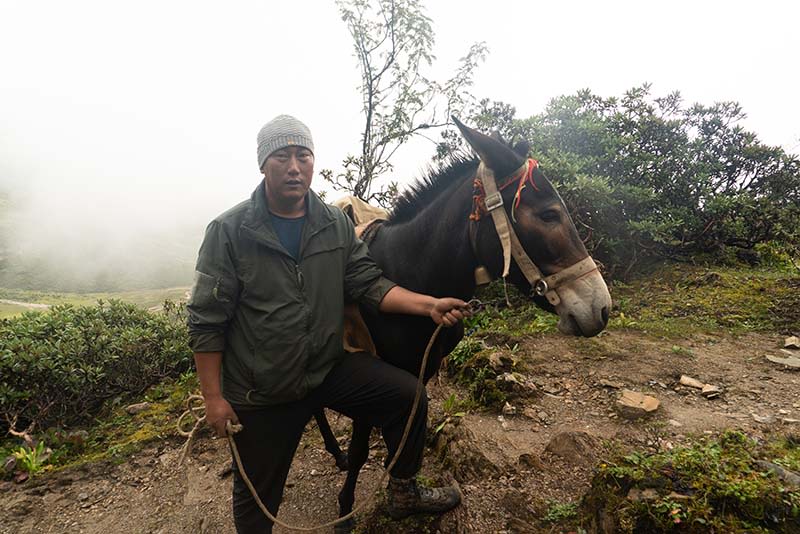
Sulong our expedition muleteer.
Sulong our expedition muleteer.
Like Vaill, we are slowly ticking off geographical descriptions from Rock’s 1931 article against similar descriptions in Lost Horizon. But there are a few niggling inconsistencies that are stopping me from declaring that I have found Shangri-La. As the night falls on our last night in the Hengduan mountains I take the opportunity for one last read through all the media interviews where Hilton discusses Shangri-La. I had missed something.
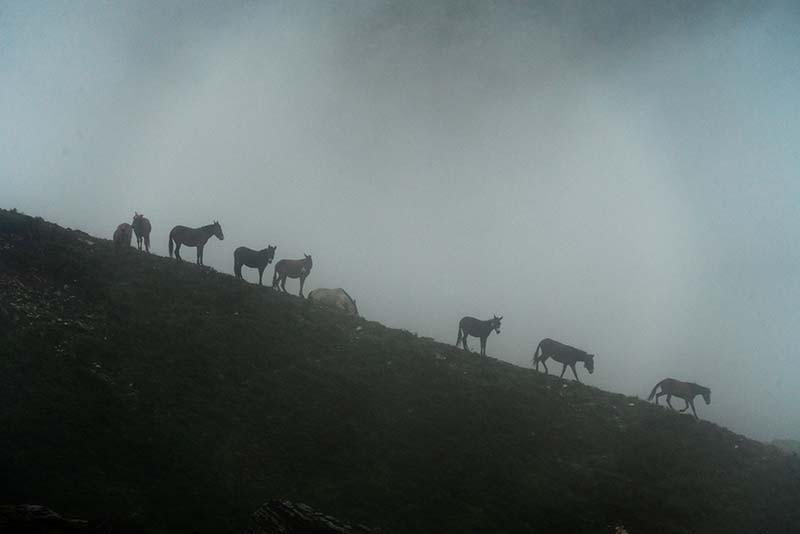
In a 1936 article interview with James Hilton in the New York Sun, the journalist, Eileen Creelman, wrote, ‘somehow the libel law crept into the conversation. Mr Hilton told how English authors had to be careful even about some of the places they described as someone had been successfully sued after he recognised the description of the cottage the plaintiff owned’.

The sources Hilton mentions are all from one hundred years prior to his writing and beyond the reach of libel laws. But Rock was still active. Could Hilton have been worried that revealing his true inspiration would have put him at risk of a libel case?
So, was the paradise valley of Shangri-La really based-on Joseph Rock’s accounts of Muli? To a large extent; yes. Even though the location of the air crash at the start is in the Kunluns, it is evident to me that many of the ‘on the ground’ details come from Joseph Rock’s exploration accounts, particularly his July 1931 National Geographic article, ‘Konka Risumgongha, Holy Mountain of the Outlaws’. I cannot be more definite than that because Lost Horizon is a work of fiction. James Hilton wrote it in England and never went to Asia. But he did read extensively about it before he made his story up.
Just at the end of the book, in the epilogue, there is one telling paragraph where Hilton might be hinting towards the explorer who really influenced him. Rutherford, who has been searching for Conway, meets an American. He says that this man;
“had been travelling then for some American geological society, with several colleagues, porters and so on- in fact a pukka expedition. Somewhere near the Kuen-Luns he met this other man, a Chinese who was being carried in a chair by native bearers. The fellow turned out to speak English quite well, and strongly recommended them to visit a certain lamasery in the neighbourhood – he even offered to be the guide there. The American said they hadn’t time and weren’t interested, and that was that”.
Was that American Joseph Rock? I’d really like to think so.
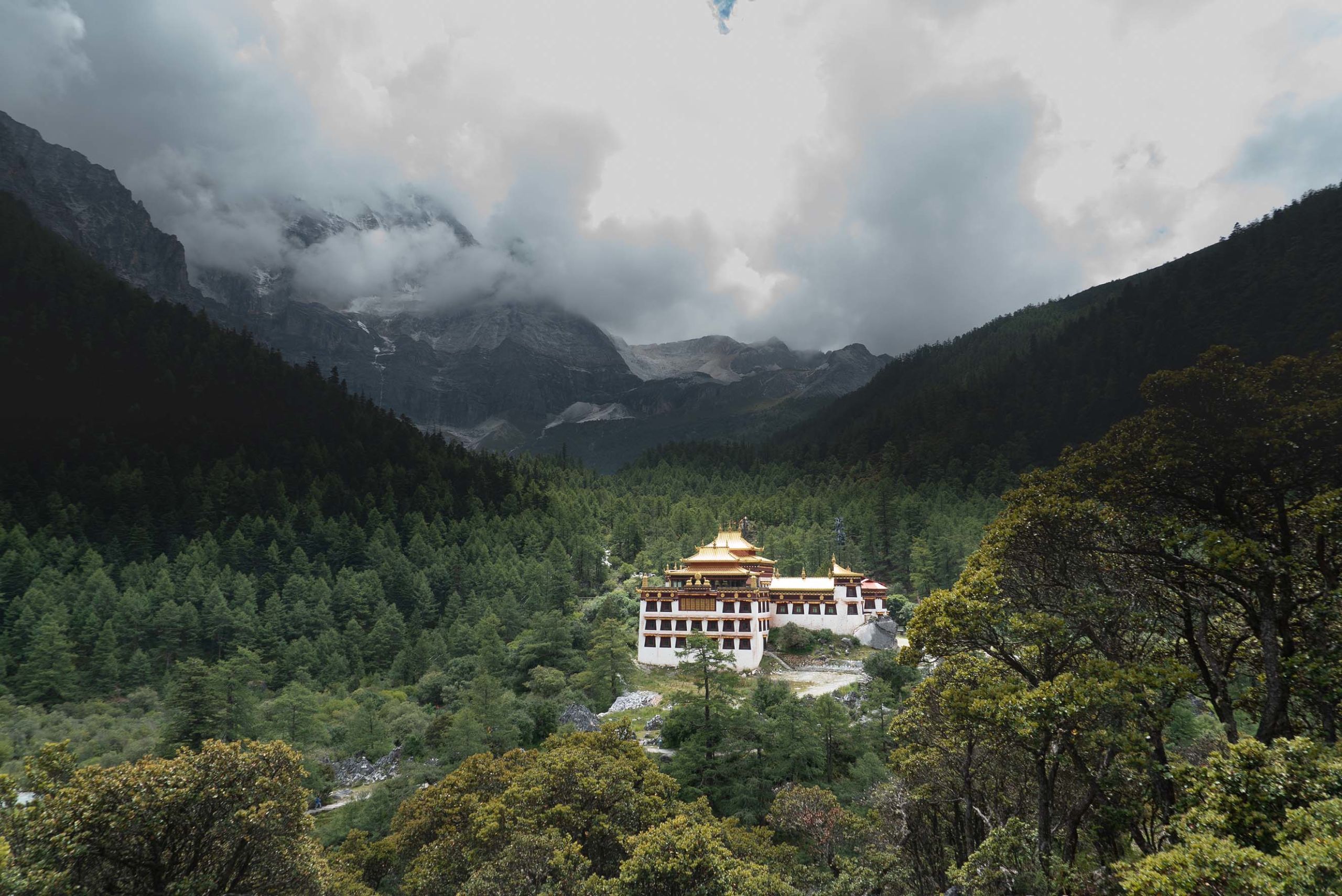
A shorter version of this story was published in China Daily on 20 April 2019. The documentary can be watched below.
With special thanks to Ted Vaill, the James Hilton Society and Gesang and Sulong our guide and Muleteer.
You can find more on the writer Simon Chapman and his books on his website.
Watch the documentary here.
Watch the documentary here.